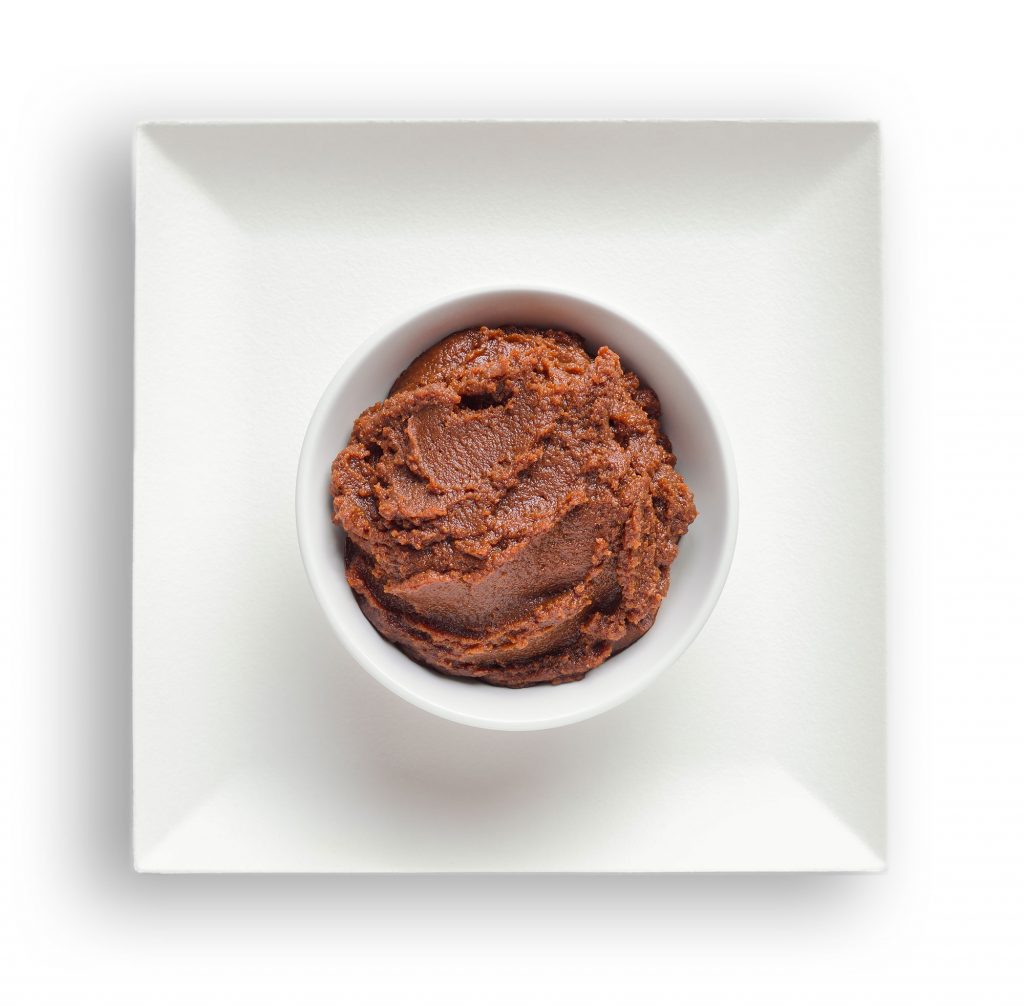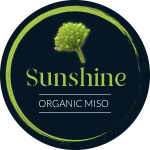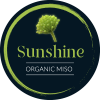
The history of
miso
Miso was first introduced to Japan from China during the 600s AD.
The fermentation and aging processes were refined over several centuries as miso became an integral part of Japanese diet.
Miso is currently popular as ever with Japanese due to its health benefits and versatility as a cooking ingredient.
Types of
miso
The flavour, colour and texture of miso are affected by a multitude of factors during its fermentation and aging.
Consequently there are more than 1300 types of miso produced in Japan, which range in flavour from sweet to full bodied and savoury.
Traditionally, there are three main classifications of miso based, which are based on their ingredients.
Miso can also be made with many other ingredients such as chick peas, peanuts, lentils and azuki beans.
The making of
miso
Making miso is a long and, at times, complex process. However, it can be broken down into three general steps.
The first step is to ferment an ingredient such as rice by growing koji (a white fungus) on it.
All ingredients are then mixed and placed in sterilized vessels with salt sprinkled between layers.
Finally, the miso is aged for up to 18 months naturally before it is jarred and refrigerated.
The health benefits of
miso
Prevention of gastric disorders
Prevention of gastric disorders
Studies have shown that the digestive enzymes in miso inhibit gastritis and gastric ulcers. Laboratory test also indicate that daily consumption may reduce the risk of breast, colon and liver cancer.
Blood pressure reduction
Blood pressure reduction
Miso can reduce blood pressure due to its high magnesium and potassium content.
Slowing of aging process
Slowing of aging process
Research suggests that that the antioxidant properties of miso contribute to the long lifespans of Japanese people.
Removal of toxins
Removal of toxins
The fibre in miso cleanses the digestive tract while miso’s microbes remove toxins and bacteria.
Cooking with
miso
Miso can be used as a main flavour ingredient or mixed with
other seasonings to create a huge variety of recipes.
It is perfect for flavouring soups, sauces, marinades, dips, salad dressings, mayonnaise etc.
As miso is vegan, gluten free and non-lactose, virtually anyone can enjoy it.
The friendly staff at Sunshine Organic Miso are happy to provide you with recipes and cooking tips.
Sunshine Organic Miso’s proprietor Alice Lau is a qualified nutritionist.
She is passionate about making organic miso.
Sunshine Organic Miso follows the traditional Japanese method in making quality miso paste.
We source the raw ingredients from the Australia farmers who produce rice and soybeans organically, non GMO and un-irradiated.
Our miso is non-pasteurised which provides sufficient beneficial bacteria count for gut health.
We encourage miso beginner to take a small amount of miso with morning and evening meals (e.g. 1 tsp). For the miso frequent eater, there is no limit as how much to eat.
Traditionally, Japanese eat a bowl of miso soup with breakfast and dinner.

